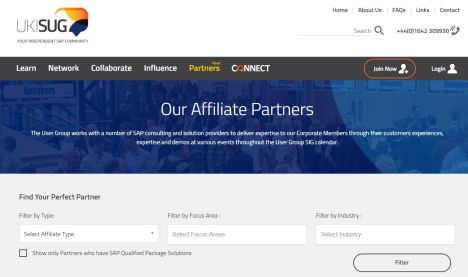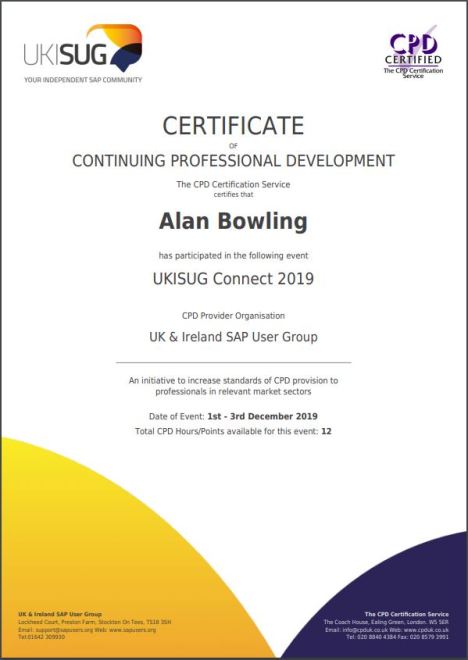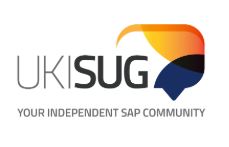“I’ve got the answer to our IT challenges! Let’s move everything to the Cloud.” Sounds simple doesn’t it? Overnight, the challenges of keeping my data centres secure and operating, patching the servers, and ensuring hardware and software is updated, become a thing of the past. Oh, and my internal customers can have everything they want really quickly and cheaply as well.
I’ve heard this so many times from software and service salespeople, but also from the non-technical people within the businesses (who have been talking to a salesperson!).
So, is the Cloud ‘fake news’? Well, no…and yes. Without a doubt, Cloud should offer:
- Distinct advantages of scale – utilising the bigger is ‘better and cheaper’ principle.
- Increased focus on the business – you no longer have to worry about the technical side.
- Scalability and flexibility – the ability to easily ramp up and down to meet demand.
- Connectivity – operating in the Cloud should allow you to easily connect with others.
Sounds good so far? It really does, doesn’t it?
So, if you have decided Cloud is for you. How do you get there and what do you need to do? There are some really important questions that need to be asked in the following three areas:
Migration
Which of your existing solutions can you move, and when? Can all your essential functionality and also customised set-up be reproduced in the Cloud? Do you have to keep technical elements in-house for whatever reason? Can you go Public Cloud or do you need Private Cloud?
Cost
Is it really cheaper? Do you understand the costs of your operation now and in the future? What are the transition costs? Is there a business transformation (change) exercise to undertake as well? How are you moving the data? How much conversion needs to take place? What are your hardware asset write down costs? Is your existing on-premise solution fully depreciated? What are your staff reduction plan costs? Does your business model require a phased move or a big-bang? What’s the cost of connecting to other software solutions (especially ones not owned by your primary provider)?
Contracts
There are a number of questions you should ask when it comes your software contracts, and with Cloud it is no different – in fact, you should be asking more questions! Is there an exit clause allowing you to terminate in a controlled way and what is the cost? Are there data migration tools, both in and out? Who owns the data? What happens if the provider becomes insolvent? What is the uptime and downtime of the software (remember global time differences)? When and how are software updates released? Is the service you are buying guaranteed irrespective of the provider’s software changes? Where is the software housed? What are the penalties for service failure (a moot point because no service in this case is no business for you at all)? What is the licencing model and can it go up and down (and by that I mean all the way down)? How are price increases managed (you need to reflect this in your model)? Can you have any custom development and who owns the IP for this? What is the turnaround time for custom development and how is it charged both for development but also for licencing? What are the security warranties for the service? What’s the dispute process (don’t forget in this case the supplier literally holds the cards – they can just stop supply, and your business)? Make sure you have a procurement professional involved from the outset and prepare to bolster that person with good legal support.
This is just a list of starter questions, but my experience tells me the answers are not as clean or clear as you might expect, and that the sales team will definitely not know all the answers. Be prepared to demand that you have real experts demonstrate the benefits, and don’t ever rely on spoken undertakings. Make sure you see the things that are important to you, and bake them into your contracts. Remember every organisation is also now an IT organisation and you are handing its inner workings to someone else – it has to be right!
If you get the right answers that are documented – remember, ‘in God we trust, in others a piece of paper,’ then great – the Cloud becomes clear and sunny skies beckon!
Filed under: SAP | Tagged: SAP, UKISUG, user group | Comments Off on It’s Cloudy Business….the second in a series for UKISUG – Musings on SAP




